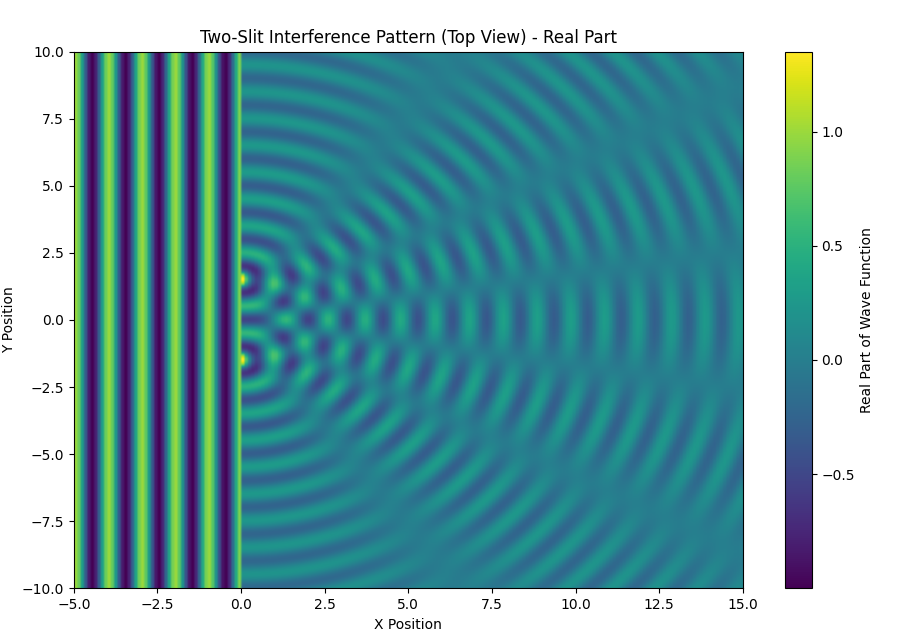04/2025
Language Models as Quantum Systems: Exploring Semantic Embeddings with Quantum Mechanics

A quantum-inspired model offers a new perspective on Large Language Models (LLMs) by suggesting their semantic spaces exhibit quantized properties analogous to quantum systems. This perspective shifts from treating LLM embeddings as purely continuous to recognizing an underlying discreteness rooted in the finite vocabulary of tokens. LLMs rely on high-dimensional vector embeddings to represent text, but their reliance on a finite vocabulary suggests an underlying discreteness, motivating the exploration of quantum mechanics as a framework.
The model rests on six core principles:
- Completeness of Vocabulary: The LLM's vocabulary forms a complete basis for representing semantic information.
- Semantic Space as a Complex Hilbert Space: The semantic space is defined as a complex Hilbert space, allowing for modeling of interference and superposition.
- Discretization of Semantic States: Semantic states are discrete and correspond to the LLM's token vocabulary.
- Linear Schrödinger-like Equation: Semantic representation evolution is initially approximated by a linear Schrödinger-like equation.
- Nonlinear Semantic Wave Propagation: A more advanced model incorporates nonlinear effects through a Nonlinear Schrödinger Equation and nonlinear potential functions.
- Semantic Charge and Gauge Interaction: Words possess a "semantic charge," and their interactions are mediated by a gauge field.
References:
- T.A.Laine, OA J Applied Sci Technol, 3(1), 01-22 (2025).
- T.A.Laine, OA J Applied Sci Technol, 3(2), 01-13 (2025).
More topics on Blogs and Articles.